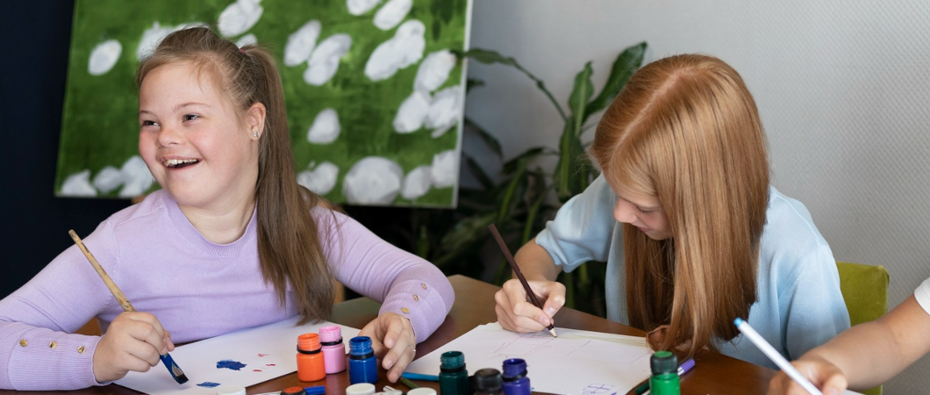
Identifying Barriers and Understanding Needs
Social Emotional and Mental Health (SEMH) needs are a specific category of SEN that relate to the support a child or young person might need to manage their emotions or behaviour in order that they can successfully access education. There are many reasons why a child or young person can face difficulties in this area, and these are not always easy to initially identify.
Within this section you will also find the
- Situational Mutism Pathway
- Emotionally Based School Avoidance Toolkit
Why I am Rude?
A performance of the poem ‘Why I am Rude’, written by Sarah Dillon is available below. It contains thoughts on why children and young people struggle with certain behaviours.
Please watch in YouTube for more accessibility options. - opens in a new tab
Difficulties
Whilst children and young people with attention deficit hyperactivity disorder (ADHD) are sometimes considered to have difficulties with social, emotional, and mental health, many of the causes of their ‘behaviour’ or ’emotional’ needs are a result of attention, listening and learning difficulties.
Examples of difficulties:
Toolkit
The SEND toolkit includes advice for meeting the needs of children and young people with a range of difficulties that may co-occur with SEMH needs. Please refer to the relevant areas of the toolkit alongside this one:
Understanding
The key is to supporting children and young people with SEMH needs is to remain curious to the underlying unmet need, adopt a person-centred approach and involve parents and carers where possible.
References
- Social Emotional and Mental Health. This link will take you to the semh.co.uk website
Glossary
Click the button below to go to the glossary page.

